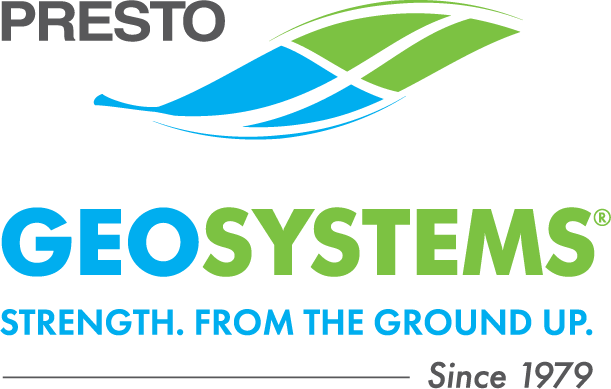Written by: José Pablo George, M.S., CPESC-IT, International Business Manager Microplastics, tiny plastic particles smaller than five millimeters, present a potential hazard to both wildlife and marine organisms. As revealed by a global microplastics database provided by the National Centers for Environmental Information (NCEI) and published by the National Oceanic and Atmospheric Administration (NOAA), plastic is the dominant type of marine debris in the ocean and the Great Lakes. These microplastics, usually originating from single-use, disposable plastics on land, are transported via rivers and wind into global circulation systems where they accumulate. International Measures and Guidelines: A Proactive Response to Plastic Pollution The United Nations Environment Programme´s Intergovernmental Negotiating Committee and Environment Assembly have adopted an international legally binding instrument on plastic pollution to address plastic pollution throughout its life cycle. Given the array of different types of plastics, the Sea Studios Foundation, in conjunction with Earth911.org, the Institute of Agriculture and Trade Policy, the WHO International Programme on Chemical Safety, and the US EPA, has published a Smart Plastics Guide. This guide outlines seven commonly used plastic types and their potential health hazards. There are some plastics (often used for disposable packaging) that are not easily recycled and may contain… Read more »
Monthly Archives: September 2023
Recent Posts
- GEOWEB Geocells Meet the Demands of Remote Wind Farm Construction
- Dam Structure Safety Installation and Repair Using Advanced Geosynthetic Technology
- ASCE Reveals the 2025 Infrastructure Report Card
- Presto Geosystems Announces Environmental Product Declaration (EPD) for Geocells
- Building a Resilient U.S. Supply Chain for Critical Materials & Mining Infrastructure
Archives
- June 2025
- May 2025
- April 2025
- February 2025
- October 2024
- September 2024
- July 2024
- June 2024
- May 2024
- April 2024
- March 2024
- February 2024
- January 2024
- December 2023
- November 2023
- October 2023
- September 2023
- July 2023
- June 2023
- March 2023
- November 2022
- October 2022
- August 2022
- July 2022
- June 2022
- April 2022
- March 2022
- February 2022
- January 2022
- September 2021
- July 2021
- June 2021
- May 2021
- April 2021
- March 2021
- February 2021
- January 2021
- August 2020
- July 2020
- June 2020
- April 2020
- October 2019
- August 2019
- April 2019
- March 2019
- February 2019
- January 2019
- January 2018
- July 2017
- April 2017
- January 2015
- September 2014
- August 2014
- May 2014
Categories
- ATRA Geocell Accessories
- Construction Mats (GEOTERRA & GEORUNNER)
- Design Specification
- Energy Industry
- General
- Geocell Confinement System
- Geosynthetics Industry
- GEOWEB Geocells for Channels
- GEOWEB Geocells for Railroad Solutions
- GEOWEB Geocells for Retaining Walls
- GEOWEB Geocells for Slope Stabilization & Erosion Control
- GEOWEB Geocells for Unpaved Roads & Pavement Reinforcement
- GEOWEB Geocells Soil Stabilization System
- Grass Pavers for Porous Paving (GEOBLOCK)
- Gravel Pavers for Permeable Pavements (GEOPAVE)
- Mining Industry
- Oil & Gas Roads & Platforms
- Porous Pavements
- Ports

 800.548.3424
800.548.3424